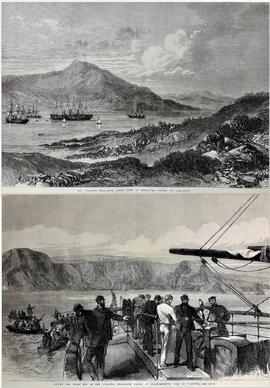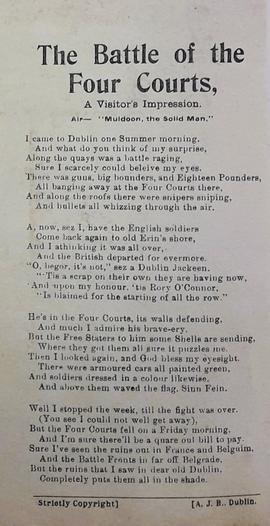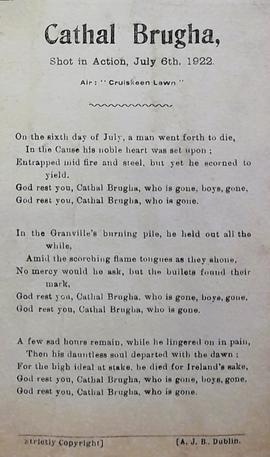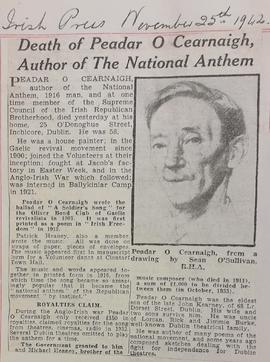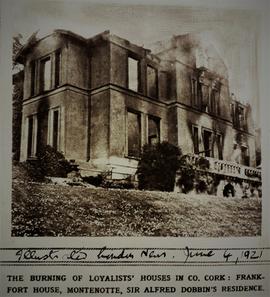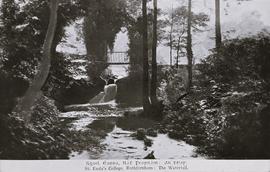Transatlantic Telegraph Cable Prints
- IE CA CP/3/16/1/32
- Deel
- 28 July 1866
Part of Irish Capuchin Archives
Engravings from the ‘Illustrated London News’ showing the laying of the Atlantic Telegraph Cable at Valentia and the ‘Telegraph Cable Fleet at Berehaven, Bantry Bay, County Cork’. The prints are taken from an edition dated 28 July 1866. The captions for the images read (top) ‘The Atlantic telegraph cable fleet at Berehaven, Bantry Bay’ and (lower) ‘Laying the shore end of the Atlantic telegraph cable at Foilhommerum [Bay], Isle of Valentia’. Located off the Iveragh Peninsula in County Kerry, Valentia Island was the eastern terminus of the first commercially viable transatlantic telegraph cable which came into operation in 1866. The prominent ship in the upper image is the ‘Great Eastern’, by some distance the largest ship ever built at the time of her 1858 launch.

